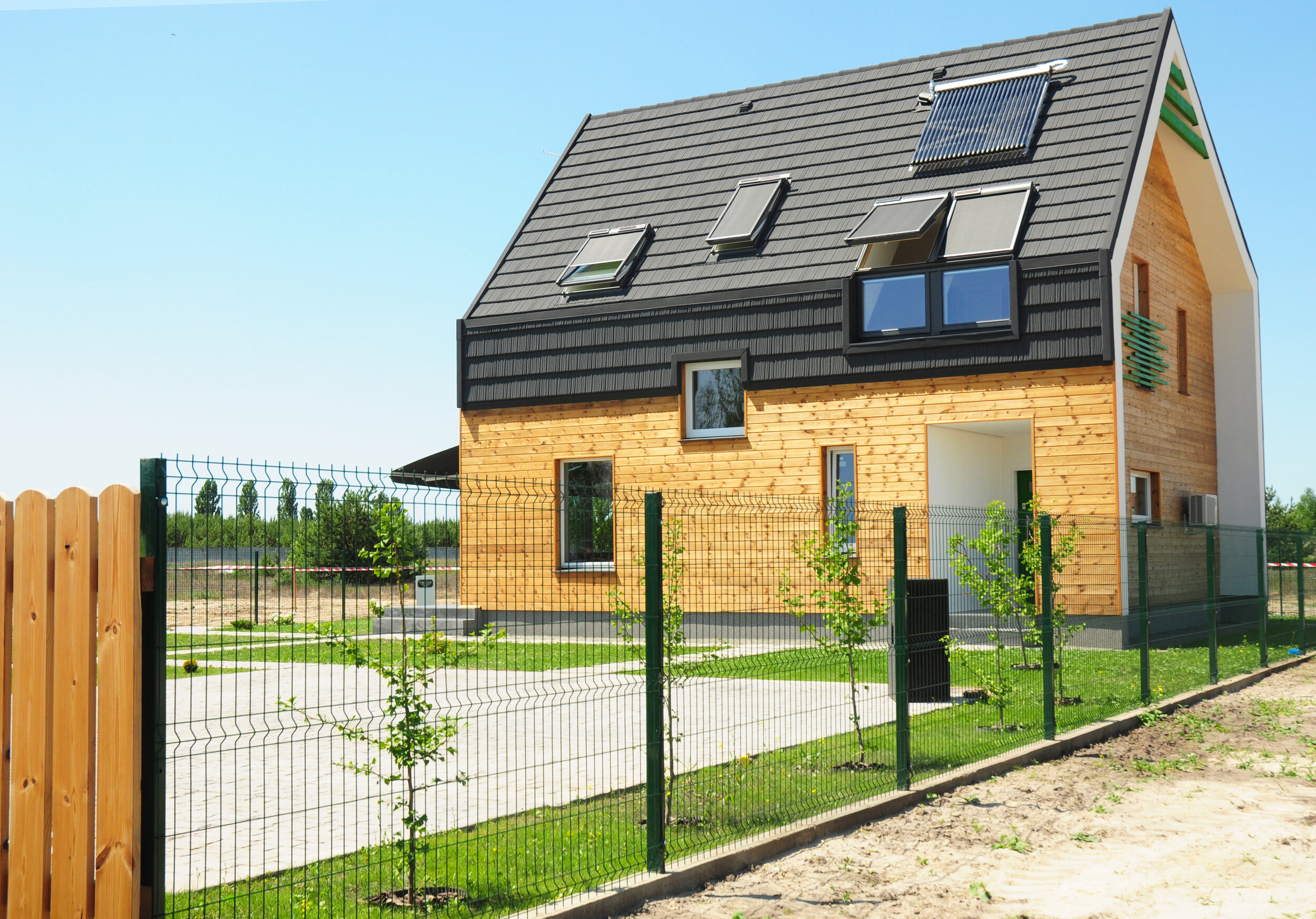
Passive
House
Passive House
Passive House is the world’s leading standard for energy-efficient building design. It ensures exceptional thermal comfort and ultra-low energy use - achieved through smart design, airtight construction, and rigorous quality control.
Key Benefits
Guaranteed Performance: Energy targets are met with precision
Error Prevention: Independent design checks before construction
Higher Property Value: Verified quality boosts market appeal
Certified Verification: Delivered via the Passive House Planning Package (PHPP)
Robust Quality Assurance: From planning to completion
Performance Standards
Heating/Cooling Demand: ≤15kWh/m² annually
Primary Energy Use: ≤120kWh/m² annually (all domestic energy)
Airtightness: ≤0.6 air changes/hour at 50 Pascals
Thermal Comfort: Year-round, with minimal overheating
Passive House buildings can cut heating and cooling energy use by up to 90% compared to traditional buildings - making them a smart, sustainable choice.
